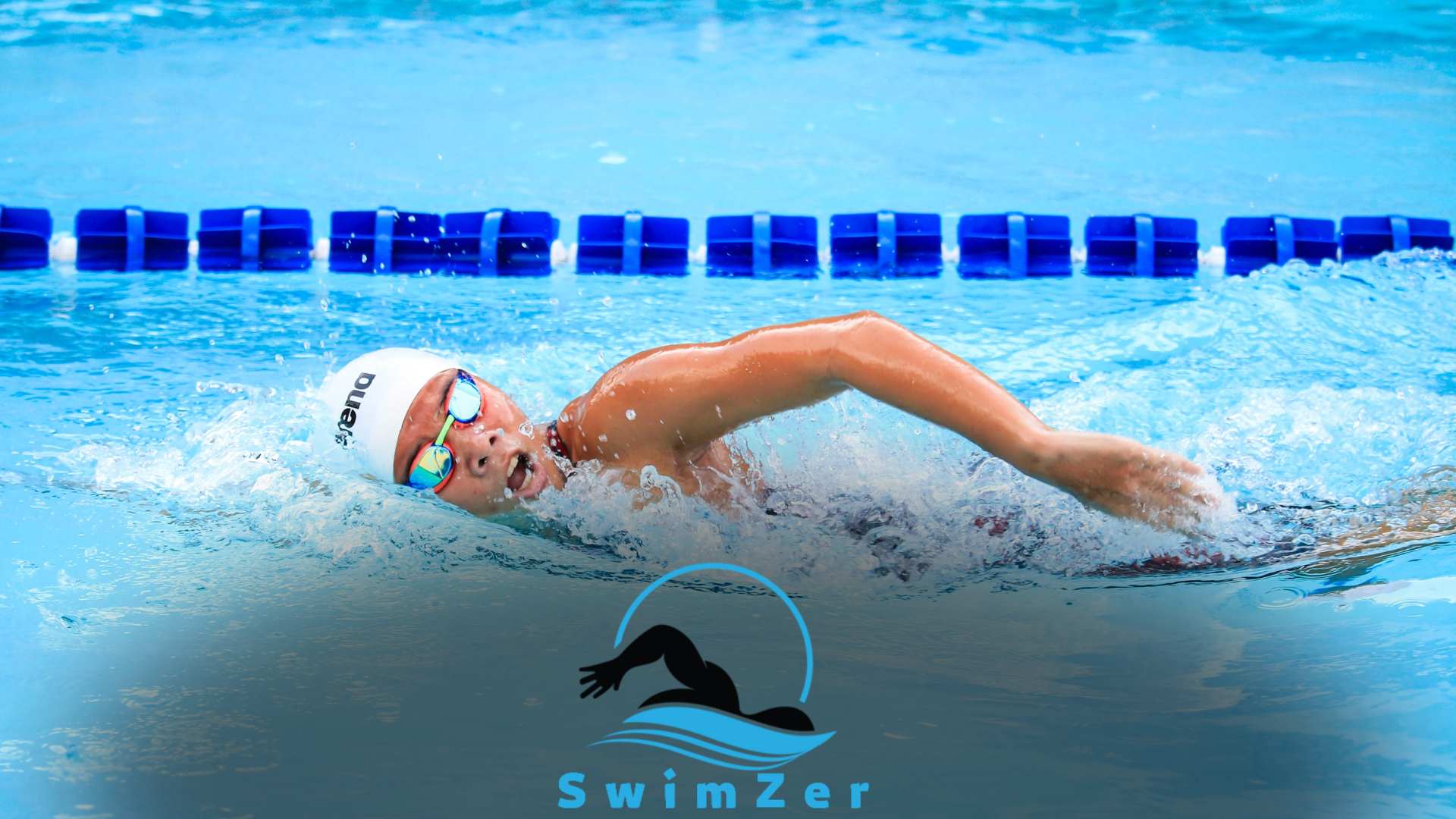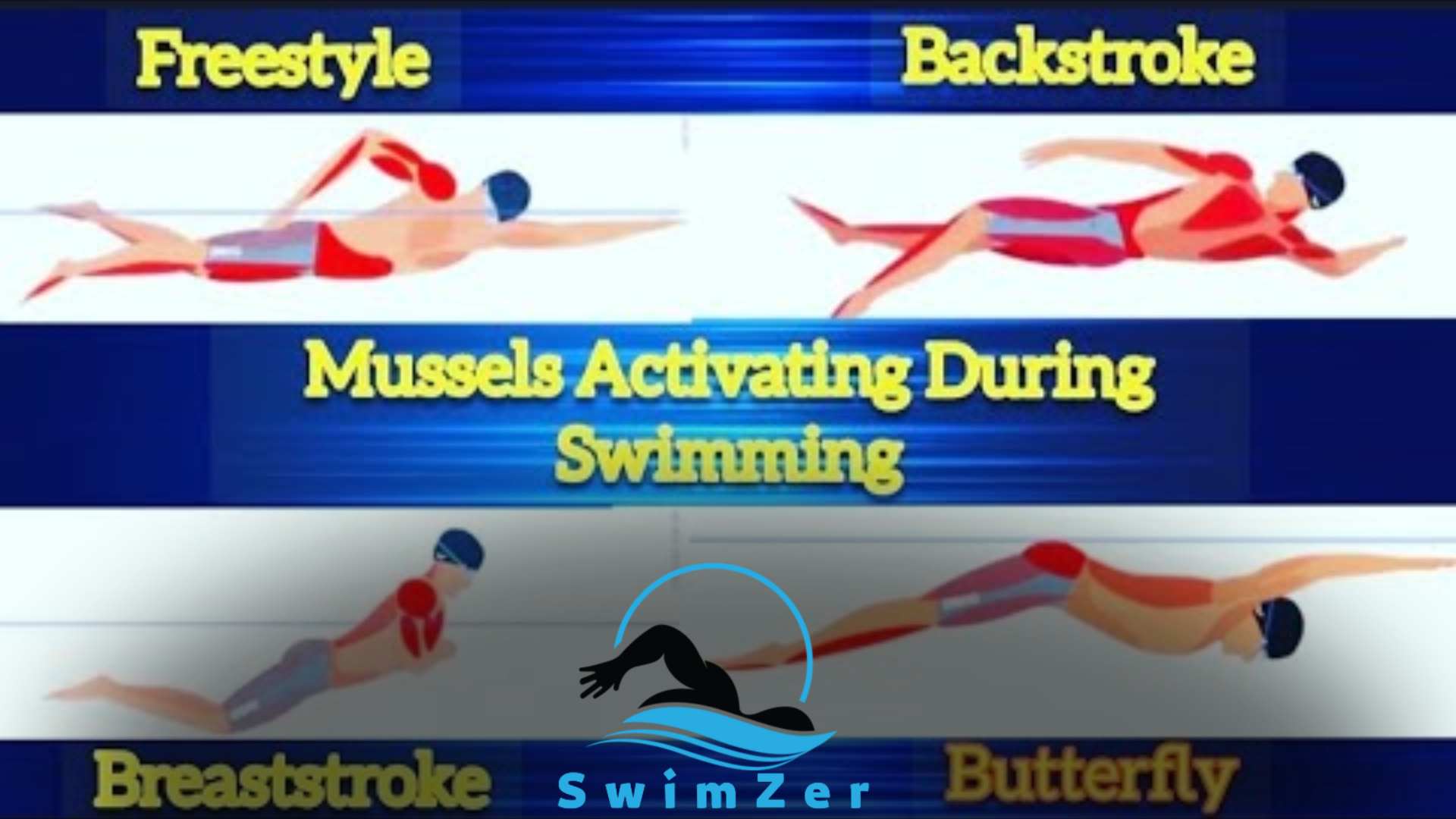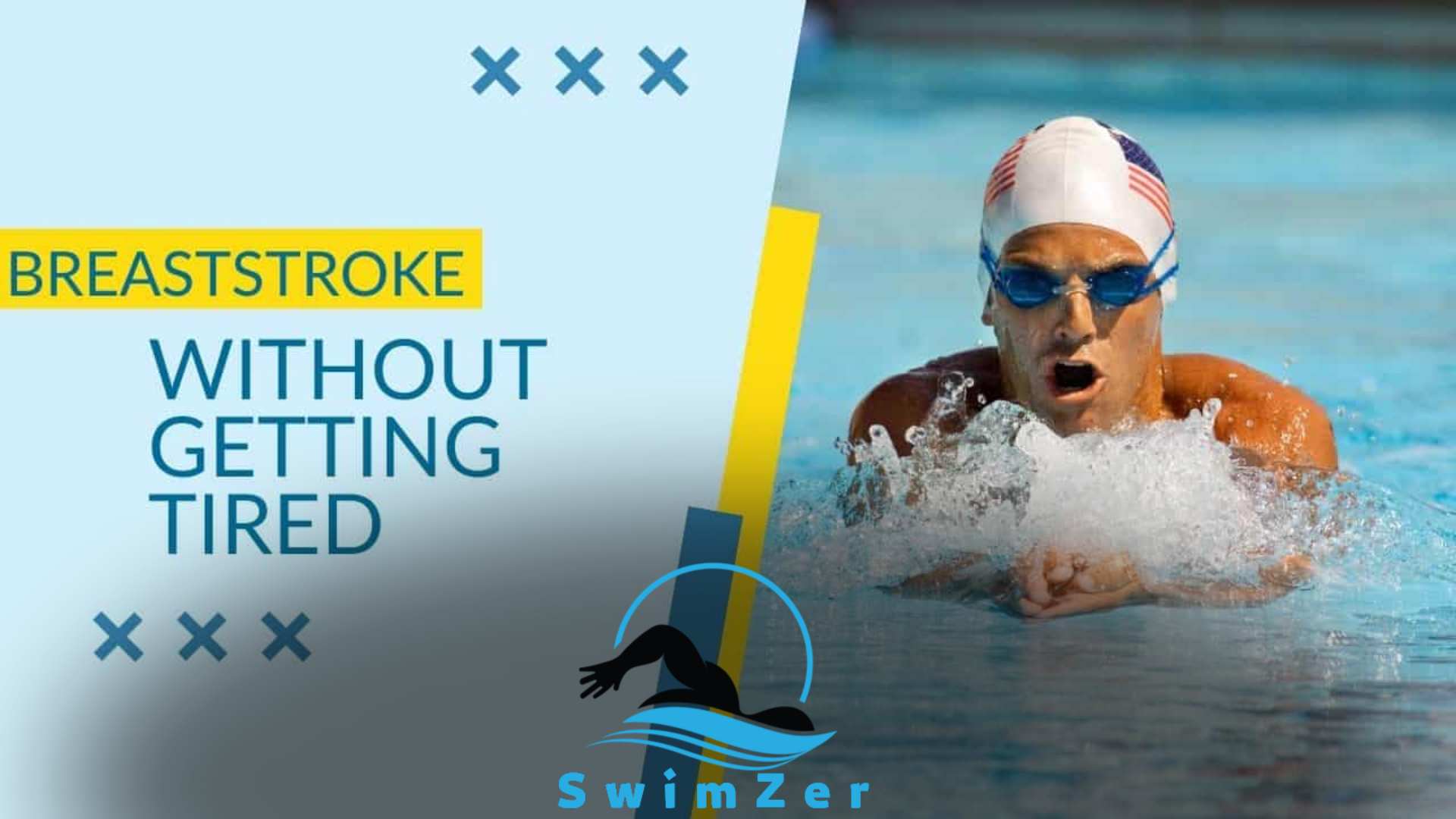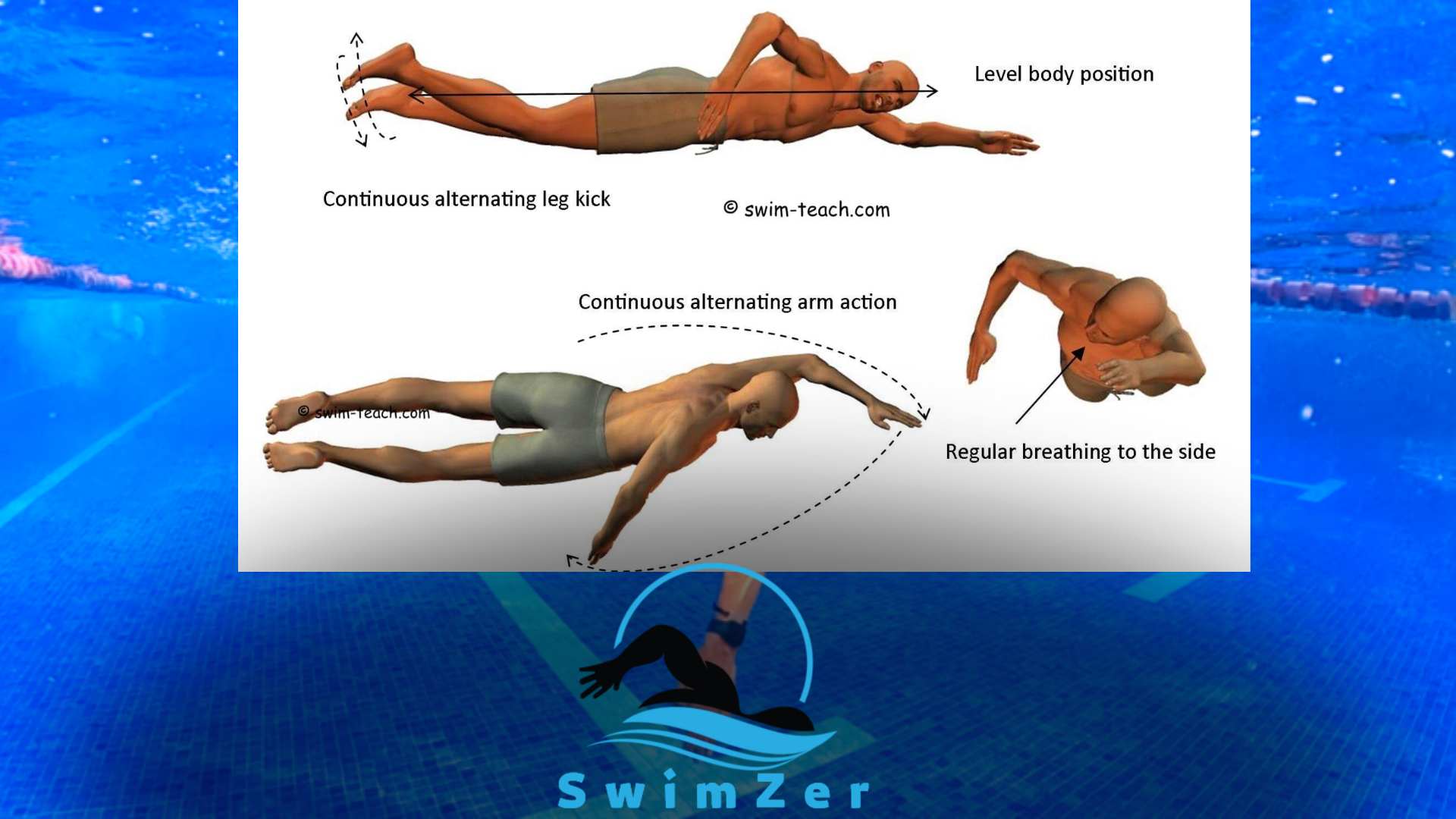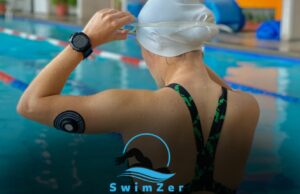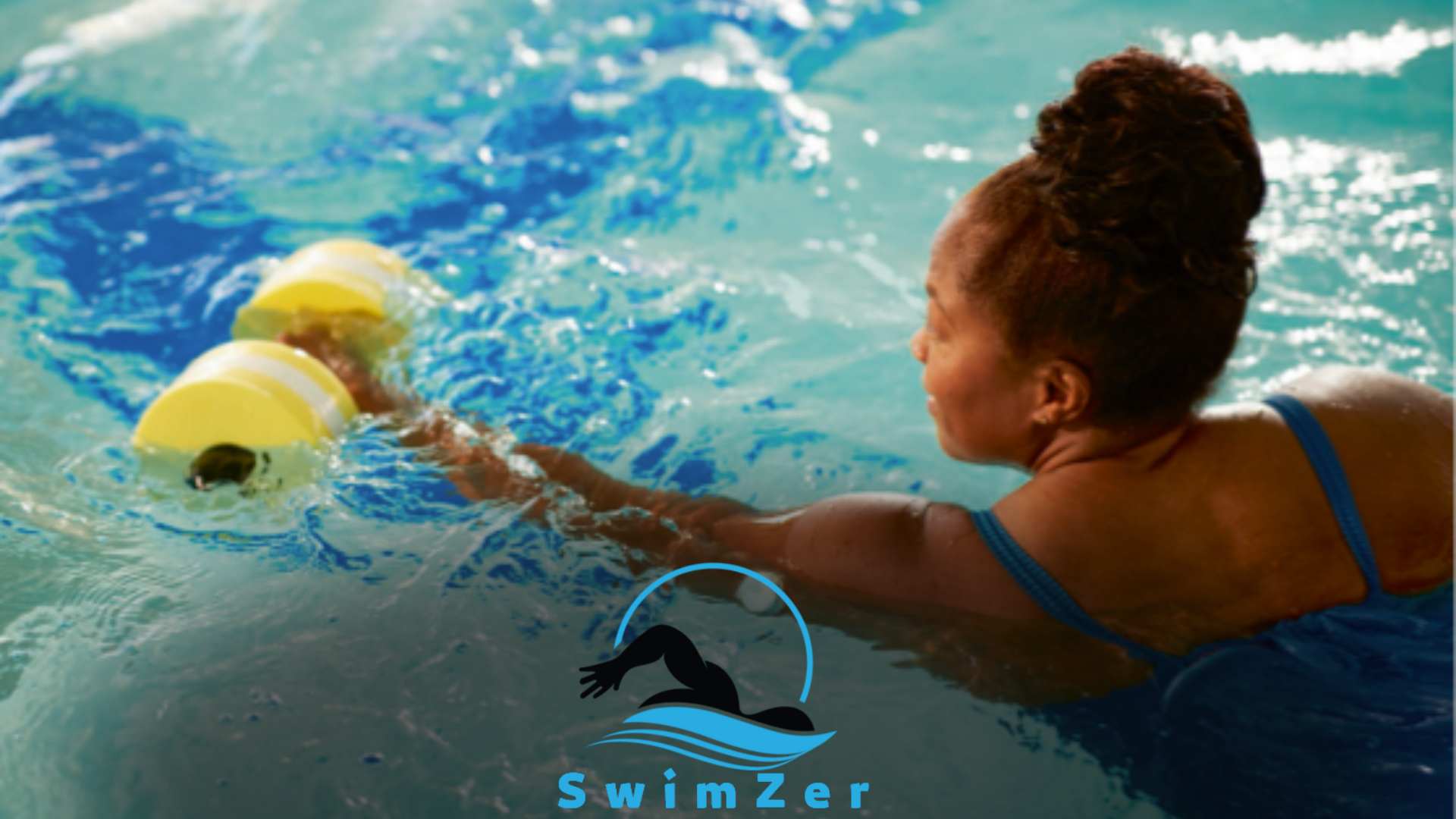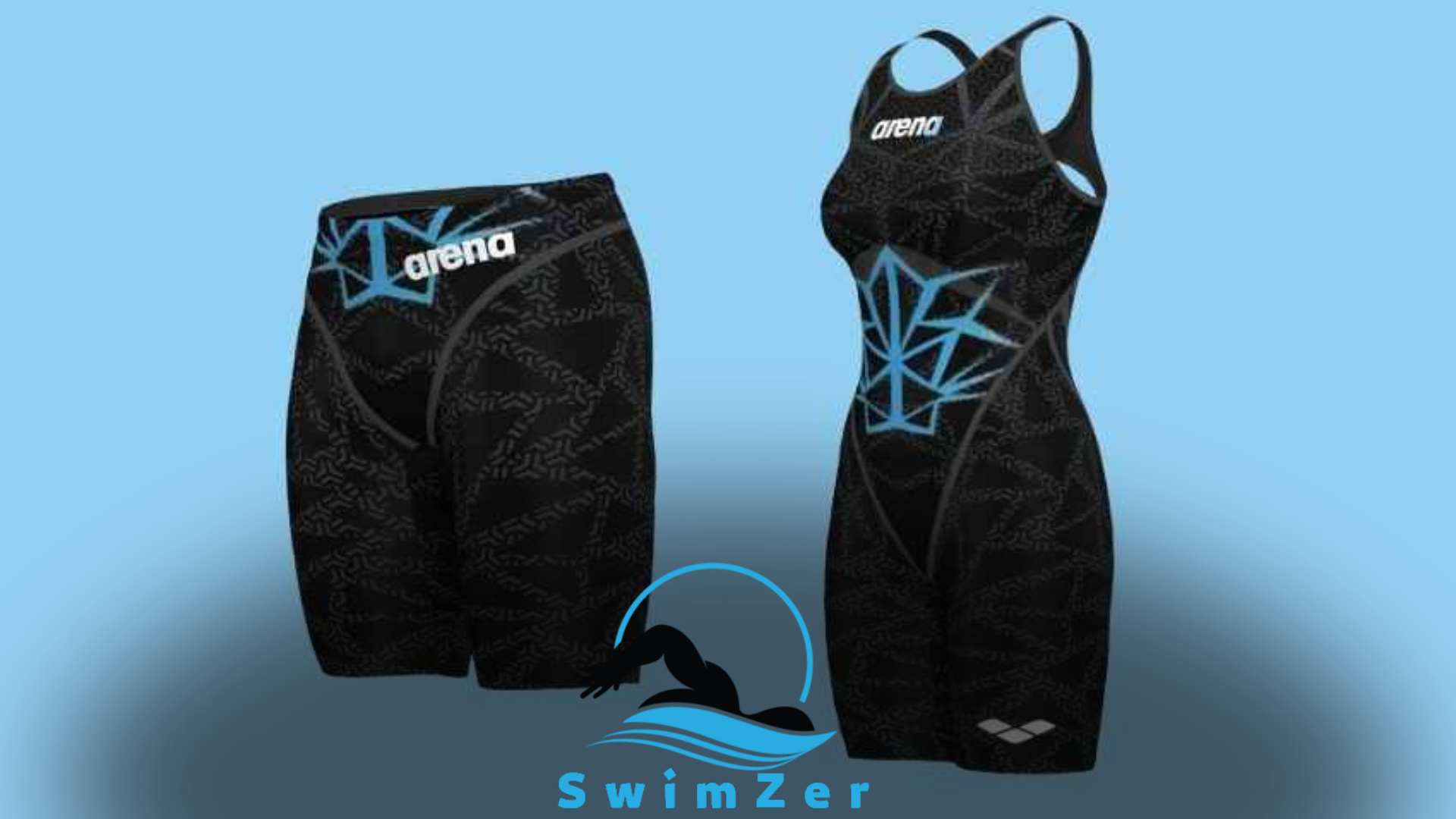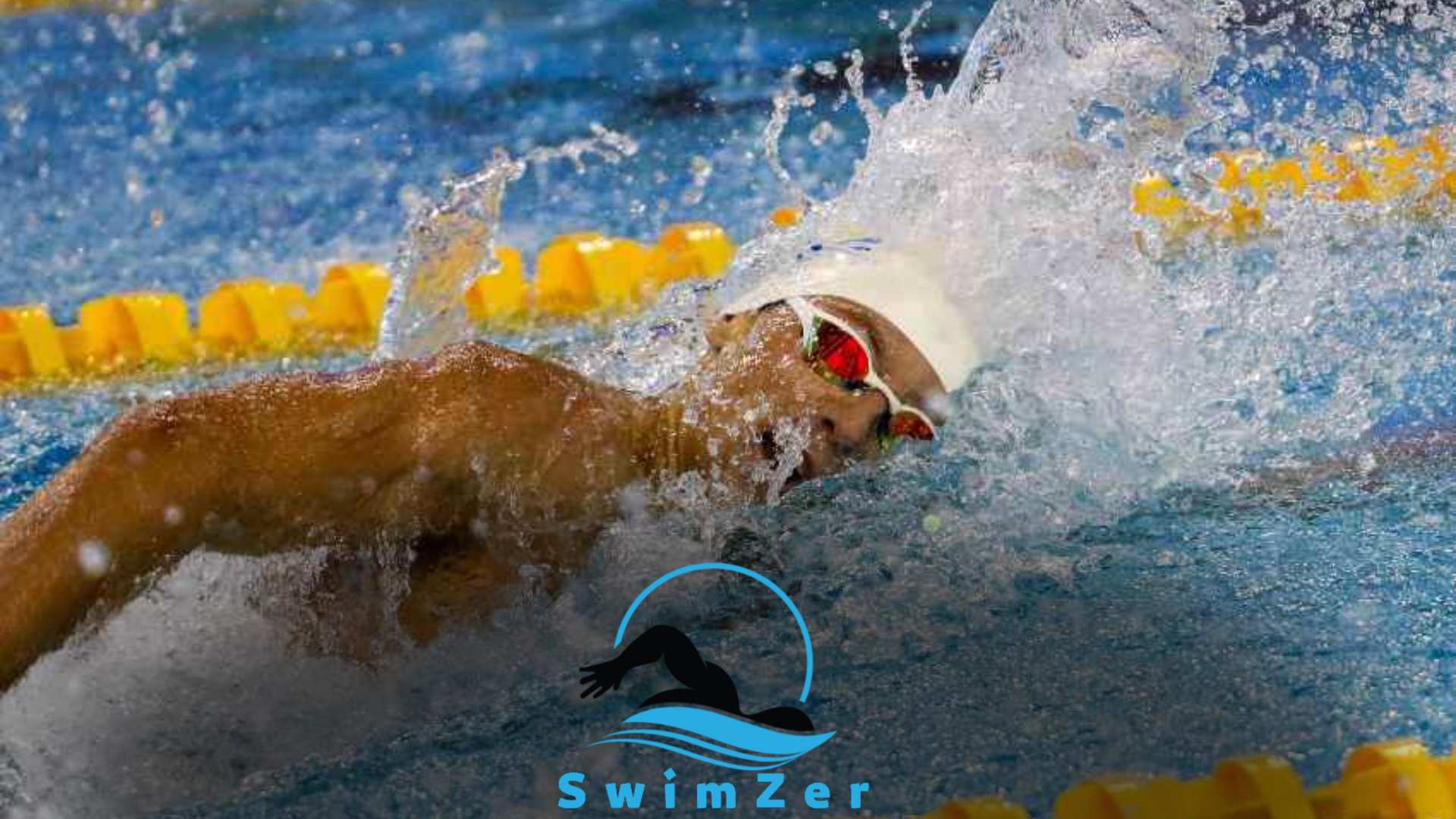Freestyle swimming is challenging due to its emphasis on technique, stamina, and coordination. In this swimming style, swimmers must coordinate their arm movement, leg kick, breathing, and body position, which requires high skill and practice to execute efficiently.
Additionally, the physical demands of freestyle swimming, including the need for strong upper body strength and endurance, further contribute to its difficulty.
Mastering freestyle swimming requires dedication, discipline, and a thorough understanding of proper technique.
Why is Freestyle Swimming So Hard?
Freestyle swimming can be challenging due to various factors, such as mastering the breathing technique. Coordinating your breaths with your strokes requires practice and focus.
Finding the right balance in the water is crucial for an efficient and smooth swim.
Maintaining coordination and balance helps reduce drag and optimize propulsion techniques. Speaking of propulsion, using the proper technique to generate forward motion is essential.
Every aspect impacts your speed and efficiency in the water, from the position of your hands to the power of your kick.
Freestyle swimming demands physical strength and mental concentration to synchronize each movement seamlessly. As you strive to improve your freestyle swimming, practice and patience will be key to conquering the challenges that come with it.
Mastering Breathing Technique
Freestyle swimming can be incredibly challenging due to the intricacies of mastering the breathing technique. Proper breathing is paramount as it directly impacts the swimmer’s performance in the water.
Many swimmers make common mistakes when it comes to breathing, such as taking shallow breaths or not exhaling fully underwater.
These mistakes can lead to fatigue and hinder overall swimming efficiency. To improve breathing, swimmers should focus on maintaining a relaxed and rhythmic breathing pattern, fully exhaling underwater before taking a breath, and utilizing bilateral breathing.
By implementing these tips, swimmers can enhance their lung capacity, increase endurance, and excel in freestyle swimming.
Remember, mastering breathing in freestyle swimming is crucial for success in the pool.
Developing Coordination and Balance
Freestyle swimming can be difficult due to the need for coordination and balance in the water. Maintaining the correct body position is essential.
Coordinated arm and leg movements are required to propel oneself forward efficiently. Developing core strength and stability is crucial for maintaining balance and control in the water.
Strong core muscles help to stabilize the body and improve overall swimming technique. Freestyle swimming requires a combination of these factors to ensure a smooth and efficient stroke.
By focusing on these aspects and practicing regularly, swimmers can overcome the challenges of freestyle swimming and improve their technique.
Maximizing Propulsion Techniques
Freestyle swimming can be challenging due to the need to maximize propulsion techniques. One crucial technique is the catch and pull, which involves effectively engaging the arm to generate power in the water.
Another critical aspect is the kick technique, which requires mastering the coordination and strength of the legs for efficient propulsion.
Training is essential for developing power and endurance in freestyle swimming. It entails practicing specific drills and exercises that focus on building strength and stamina in the muscles used for swimming.
By honing these techniques and continuously training, swimmers can overcome the difficulty of freestyle swimming and improve their overall performance in the water.
Mental and Psychological Challenges
Freestyle swimming can be challenging due to its mental and psychological obstacles. Overcoming fear of water is crucial in this process, as it allows swimmers to feel comfortable and confident.
Building confidence and focus is another essential aspect, enabling swimmers to maintain concentration and perform at their best.
Developing mental toughness is also necessary, as swimming requires endurance and resilience. It is important to stay motivated and push through difficulties to succeed in freestyle swimming.
The mental and psychological challenges associated with this swimming style may seem daunting. Still, they can be conquered with determination and practice, leading to improvement and enjoyment in the sport.
Overcoming these challenges contributes to personal growth and a sense of accomplishment.
Training Tips for Freestyle Swimming
Freestyle swimming is often perceived as difficult due to its technical nature. Effective training plays a crucial role in improving performance and mastering this stroke. Structured training plans are essential to help swimmers develop a strong foundation.
These plans include a combination of drills and technique work to refine the stroke and enhance efficiency.
By incorporating specific drills, swimmers can focus on body position, breathing, and arm movement. Technique work allows them to fine-tune their strokes and improve overall form.
Cross-training is another beneficial aspect of training for freestyle swimming. Strength training, cycling, and running help enhance overall fitness, muscular endurance, and cardiovascular capacity.
Consistent training, incorporating drills, technique work, and cross-training, is key to conquering the challenges of freestyle swimming.
Frequently Asked Questions
Why is Freestyle Swimming So Hard?
Freestyle swimming is challenging due to the coordination required between arms and legs, the need for proper breathing techniques, and the requirement for strong core muscles.
How Can I Make Freestyle Swimming Easier?
To make freestyle swimming easier, focus on proper body position, practice breathing techniques, use efficient arm and leg movements, and improve core strength.
What Are Common Mistakes in Freestyle Swimming?
Common mistakes in freestyle swimming include crossing the arms over the centerline, improper breathing technique, lack of body rotation, and using too much energy for each stroke.
How Can I Improve My Freestyle Swimming Endurance?
To improve freestyle swimming endurance, gradually increase the distance and duration of swimming workouts, incorporate interval training, practice proper breathing techniques, and maintain a consistent swimming schedule.
Is It Normal to Get Tired Quickly While Freestyle Swimming?
It is normal to tire quickly while freestyle swimming, especially for beginners. With consistent practice and improved technique, endurance will increase over time.
Conclusion
Swimming is a versatile and beneficial form of exercise, and freestyle swimming is often considered the most challenging and technical stroke.
The difficulty lies in mastering the coordination and technique required to propel oneself efficiently through the water.
From the rhythmic movement of the arms and legs to the correct breathing patterns, every aspect of freestyle swimming demands precision and practice.
Furthermore, the body’s natural buoyancy makes it easy to develop incorrect habits, resulting in additional challenges to overcome. Additionally, the mental aspect of freestyle swimming should not be overlooked.
Staying focused and maintaining a positive mindset throughout learning and perfecting the stroke is crucial.
However, with persistence, dedication, and proper coaching or guidance, anyone can conquer the challenges of freestyle swimming.
So, embrace the struggle, trust the process, and keep pushing yourself. Before long, you’ll be gliding effortlessly through the water with confidence and grace.

